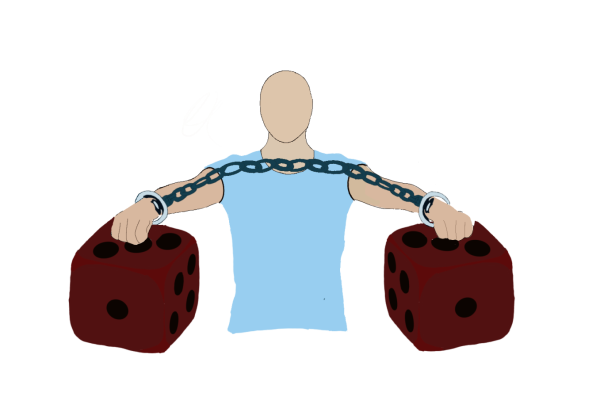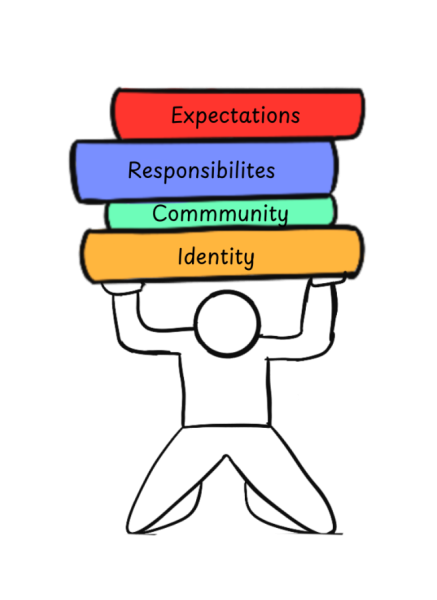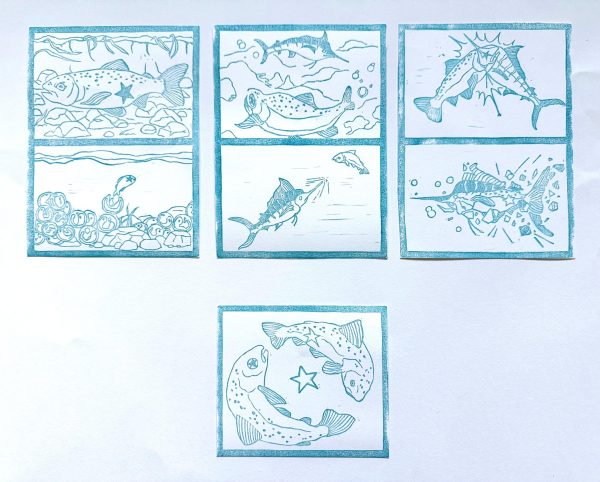Education should not be prioritized over unethical practices
Dissecting animals is a cumulative aspect in the American scientific experience, and Homestead is no exception. Every year, the physiology department dissects chickens. But the long standing nature of this practice doesn’t alleviate the major ethical and environmental concerns regarding dissections.
An estimated 12 million animals, including frogs, cats and rats, are killed each year for dissections. The animals are often bred specifically for dissection or taken out of the wild, and this mass depletion of animals in the wild can cause a severe eco-imbalance, according to the National Anti-Vivisection Society.
Additionally, the preservation of animals for dissection requires the usage of dangerous chemicals like formaldehyde, according to Animal Learn. Formaldehyde can contaminate the wildlife, causing only additional damage to the environment. Besides impacting the wild, formaldehyde is recognized as a cancer inducing chemical, irritating nasal passages, impacting breathing, and more, according to the EPA.

Admittedly, there are benefits to dissections; the hands-on experience provides students with an authentic learning experience beyond online simulations and textbooks.
Last semester, the Future Physicians of America club (FPA) conducted a pig heart dissection; this event offered an opportunity for medical exposure. To obtain the hearts, the club first put up a signup sheet to see how many people wanted to participate and bought them all from Ranch 99, co-president Leah Jang said.
The club used these specific methods to ensure there wasn’t an over purchase of organs and to maximize the ethicality of the dissections as the hearts were already being sold for consumption anyways, Jang said.
While the current and widespread practice of dissections are largely unethical, the ethicality isn’t irrevocable. The FPA’s methods of obtaining and utilizing organs largely eliminates many of the issues stemming from dissections. The dissection industry purposely disrupts the environment to capitalize off of schools. But this industry is largely unnecessary as seen through the FPA’s practices.
While there are some aspects of dissections that are unique, there are others that have seamless substitutions. Dissections are used for a plethora of reasons, to learn about various organs, the interactions between joints and tendons, and more.
All of these lessons can easily be achieved through online simulations, videos, and more. Websites like Leap Motion and Navtek Solutions offer a mock dissection, evading all the complications and negative impacts of an actual dissection while still offering an enriching experience.
Ultimately, I implore HHS to carefully analyze the ethicality behind dissections. Rather than actively endorse the purposeful muder of millions of animals a year, HHS should both utilize alternatives and ensure that the dissections being taken place are using ethical practices.











